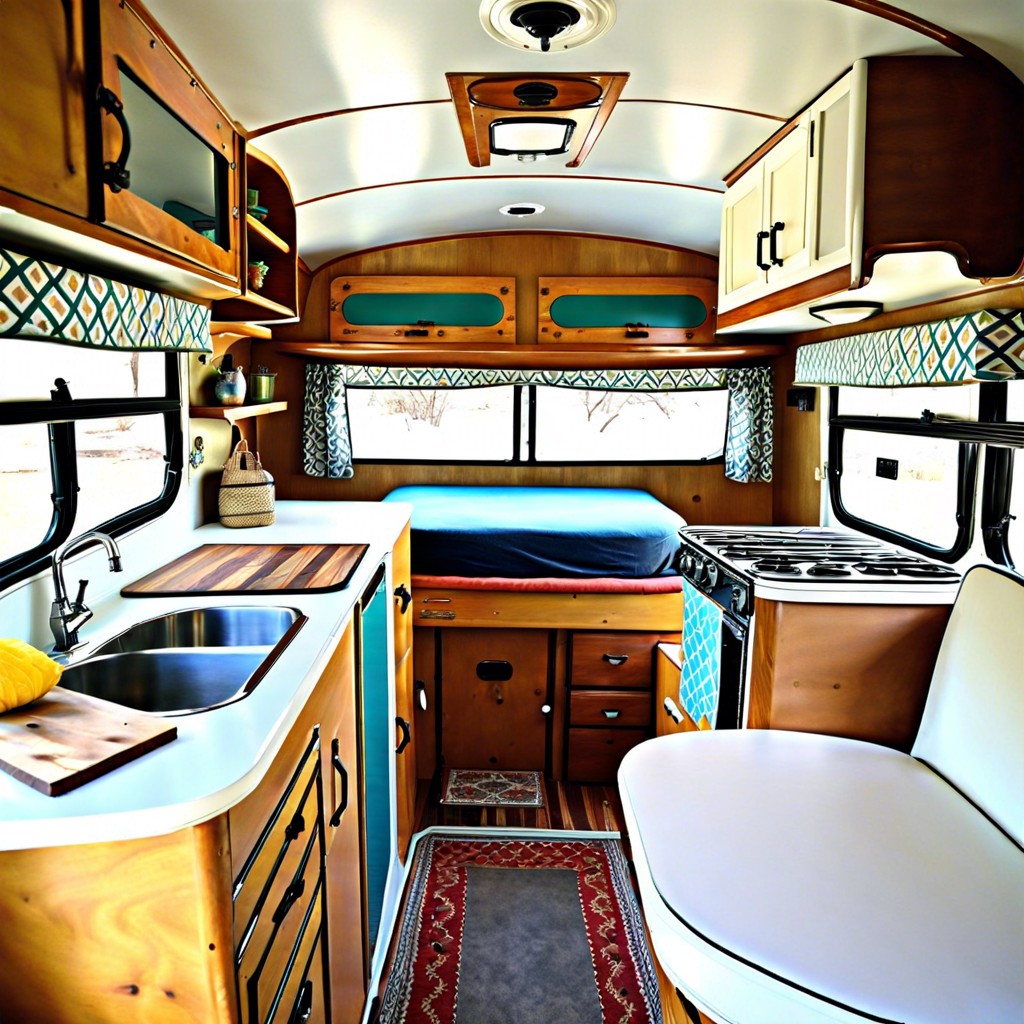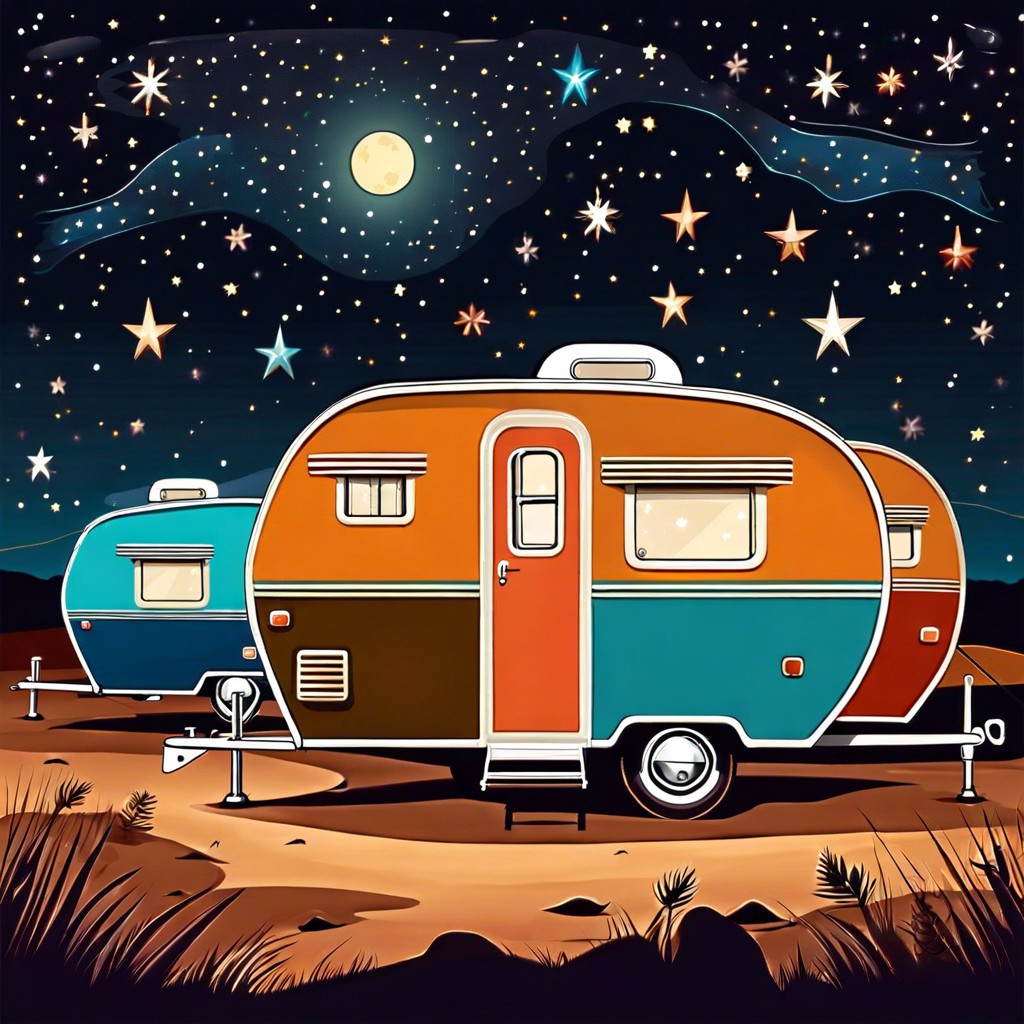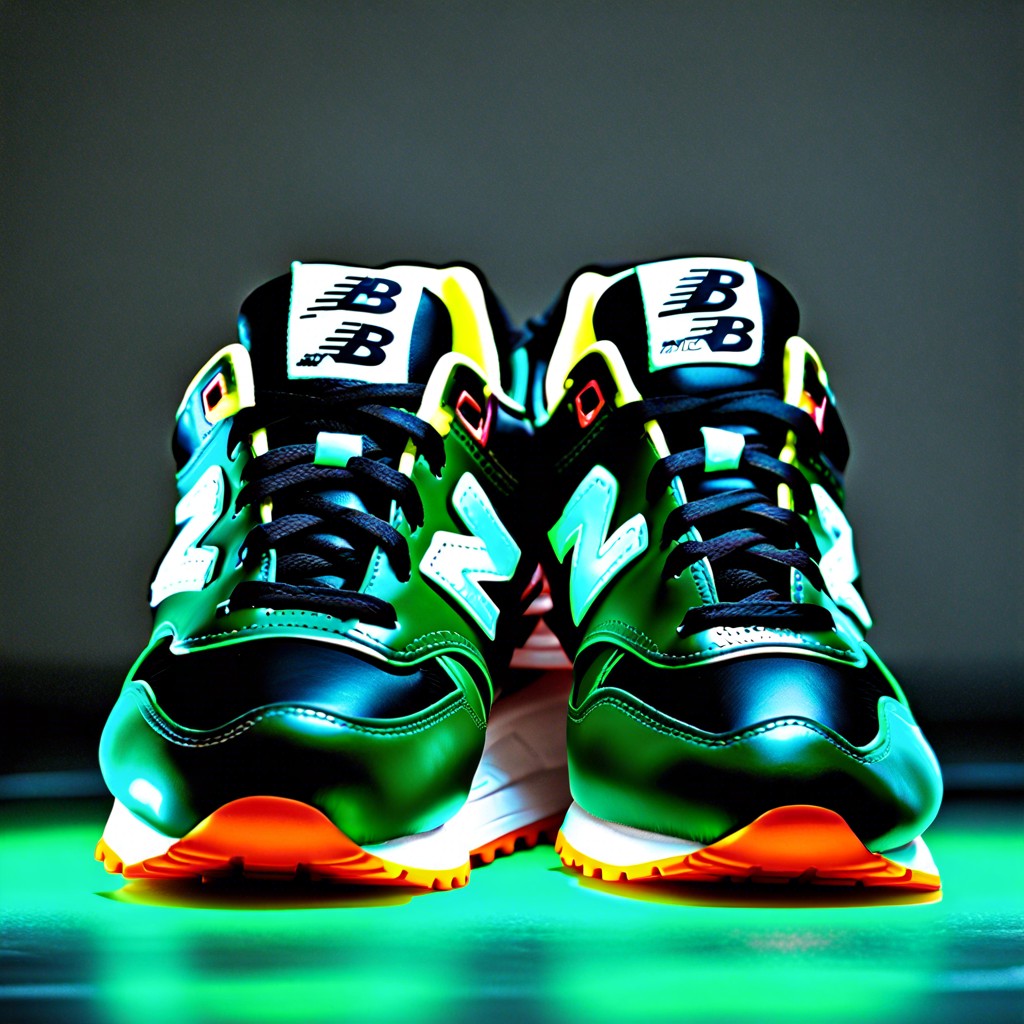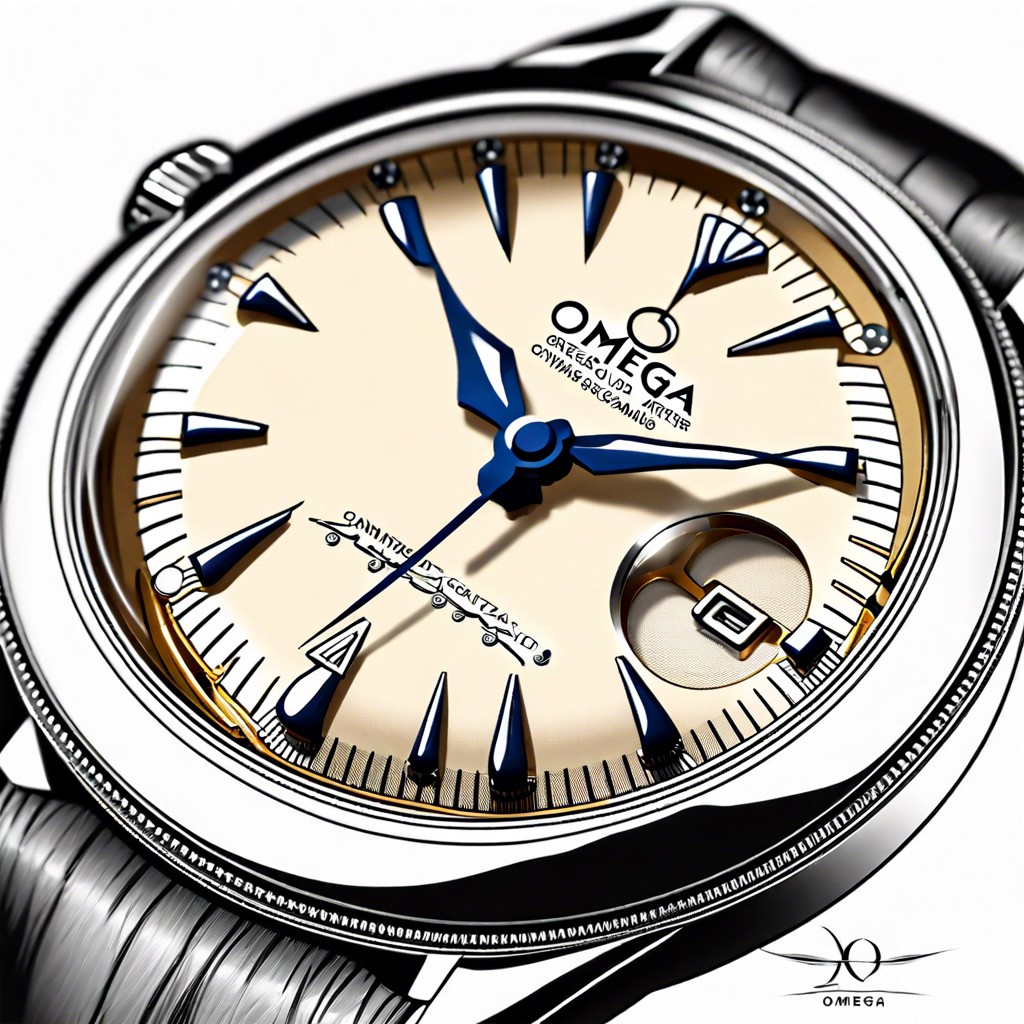Last updated on
Learn how to choose the right vintage camper for your nostalgic road adventures with practical buying tips and essential considerations.
Key takeaways:
- Vintage campers embody nostalgia and charm of a bygone era.
- Restoring a vintage camper: preservation vs. modern amenities.
- Buying tips: assess structural integrity, research make and model.
- Trailerfest Vintage Trailer Rally promotes community and restoration.
- Vintage camper market: growing demand, focus on retro aesthetics.
History and Appeal of Vintage Campers

Vintage campers, dating back to the early 20th century, embody the nostalgia and charm of a bygone era. These quaint and often artfully designed vehicles reflect a period when craftsmanship was paramount. The appeal of these campers lies in their unique character, with each model showcasing different styles and features that resonate with collectors and enthusiasts.
Interest in vintage campers is fueled by considerations of simplicity and the desire to disconnect from modern complexities. Enthusiasts are drawn to the idea of hitting the open road with a piece of history, enjoying a style of travel that promotes closer interactions with nature and fellow campers.
The cultural significance of vintage campers is evident in their representation of freedom and the American spirit of adventure. They are connected to the ‘golden age’ of road travel, evoking images of family vacations and exploration before the advent of digital distractions.
In a practical sense, the compact design and efficient use of space in these campers are appreciated by those looking for a minimalist travel experience. Their smaller carbon footprint, compared to modern RVs, is also noteworthy for environmentally conscious individuals.
Collectors appreciate vintage campers for their potential as an investment. Well-maintained or expertly restored models often appreciate in value, marking them as both a sentimental acquisition and a financial asset.
The design and aesthetic of vintage campers inspire a creative outlet for owners who enjoy customizing and personalizing their trailers, contributing further to their appeal. Each restoration project is an opportunity for self-expression and the creation of a one-of-a-kind travel haven.
Restoration: Preserving Originality Vs. Modern Amenities

Restoring a vintage camper is a delicate balance. Enthusiasts often face a dilemma: maintain the vehicle’s historical integrity or upgrade it for comfort and convenience. Preservation requires sourcing period-correct materials and fixtures, a task that can be time-consuming and expensive but essential for authenticity.
On the other hand, modern amenities provide functional comforts. Adding contemporary plumbing, electrical systems, or insulation improves livability. These updates cater to individuals who enjoy the aesthetic of vintage campers but not necessarily the primitive conditions.
A third approach blends both worlds, retaining the camper’s classic appearance while discreetly integrating modern features. For example, one may install solar panels or hidden USB charging ports. This method ensures the camper’s vintage charm without compromising on the conveniences of today’s technology.
Critical to restoration is the impact on value. Original condition models often fetch higher prices; however, well-executed upgrades can also increase a camper’s market appeal. Deciding between originality and modernization depends on personal preference and intended use.
Buying Tips: What to Look for in a Vintage Camper

Assess structural integrity; rust and water damage are red flags. Look for sound flooring, a sturdy frame, and an intact roof.
Inspect the exterior, particularly the aluminum skin for dents or damage. Original paint and decals add to authenticity.
Check the electrical and plumbing systems. Updates may be necessary for safety and compliance with current standards.
Consider the interior layout and features. Original appliances and fixtures are desirable for collectors but may require refurbishment for practical use.
Research the make and model. Some brands, like Airstream or Shasta, hold their value better due to a robust community and parts availability.
Evaluate towability with your current vehicle. Weight and hitch requirements should align with what you can safely tow.
Explore the availability of replacement parts. Some vintage models have enthusiastic communities where parts are reproduced or traded.
Have a budget for restoration. Even after purchase, expenses can accumulate from necessary upgrades and repairs.
Enlist a professional appraisal if investing a large sum or if planning to restore and flip the camper for profit.
Community and Events: Trailerfest Vintage Trailer Rally

The Trailerfest Vintage Trailer Rally is a vibrant testament to the enthusiasm surrounding vintage campers. Held annually in California, the event exemplifies a sense of community amongst owners and enthusiasts.
Attendees experience a nostalgic atmosphere, where they showcase restored trailers replete with period-appropriate decor and accessories. The environment encourages the sharing of knowledge and restoration tips amongst participants.
Activities at Trailerfest include open house viewings, where attendees can stroll amongst vintage campers, engaging in camaraderie with fellow enthusiasts. Workshops are often part of the festivities, covering topics from maintenance to decorating.
The rally promotes the preservation of these classic travel trailers and is an excellent opportunity for newcomers to glean insights into the lifestyle and for seasoned collectors to find inspiration for their next project.
The Vintage Camper Market: Trends and Predictions

In recent years, the market has seen a surge in demand for vintage campers. This trend correlates with a growing interest in retro aesthetics and the appeal of a nomadic lifestyle emphasized by social media influencers. As a result, prices for well-maintained vintage models have risen.
Many buyers opt for vintage campers as a more affordable entry point into the RV lifestyle compared to the high cost of new models. However, it’s crucial to examine the condition of these older vehicles, considering factors such as structural integrity, electrical systems, and potential for water damage.
Enthusiasts are showing interest in models from the 1950s to 1970s, with brands like Airstream, Shasta, and Argosy being particularly coveted. These models are known for their durability and timeless design.
Adaptations of vintage campers for modern use, such as installing updated appliances or solar panels, are becoming commonplace. These upgrades need to be balanced with the desire to maintain a camper’s vintage character.
The market predicts a continued interest in unique, smaller vintage trailers. They are easier to tow and fit into a wider variety of campsites than larger RVs. Buyers often seek out these models for their ease of use and the charm they add to the camping experience.
Investment-wise, vintage campers that are restored and maintained can hold or even increase in value, making them not only a nostalgic purchase but a potentially smart financial decision. However, the market can be volatile, and trends may shift, so it’s advised to invest in a model that personally resonates rather than solely for potential appreciation.




